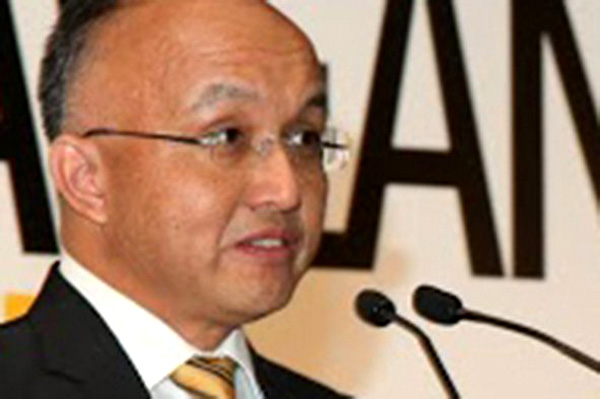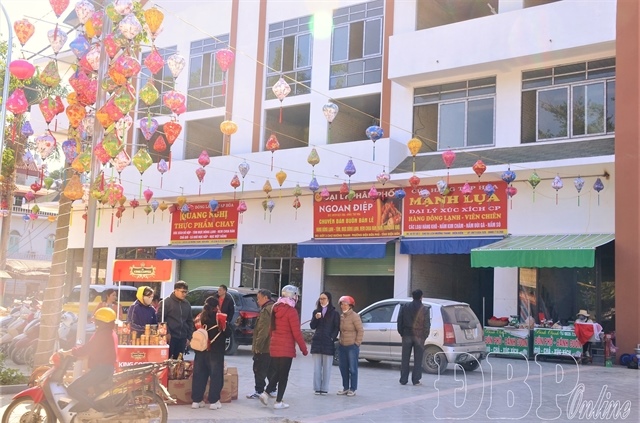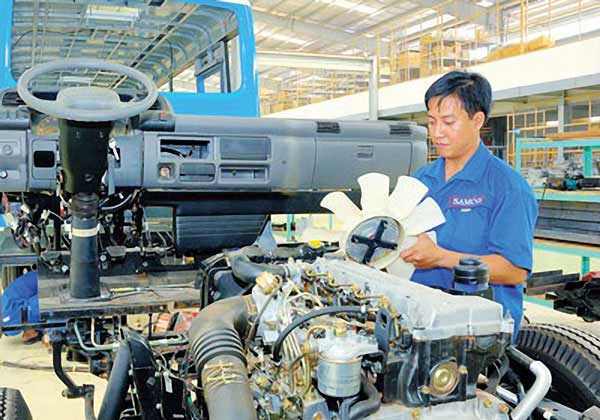Vietnam seen becoming more competitive regionally
Vietnam seen becoming more competitive regionally
A young well-educated workforce, competitive labor cost and the strategic location of Vietnam being near global supply chains make the nation very competitive in the region, said John Chong, chief executive officer of Maybank Kim Eng Group.

“I have to stress that labor cost (in Vietnam) is half of that of China, the Philippines and Thailand. And investors are now moving here,” he told a meeting in HCMC last week.
“Definitely, labor cost is cheaper than other countries in Southeast Asia and North Asia,” he said. “Two, the labor force is young, industrious, hardworking and imitative, so that is a plus point. Three, skill depends on exposure but that can be learned, so once the technology is in here, I think that there would not be any issue with the skill.
“It is a journey, it is not something that can be done overnight. It has been seen in all the other countries in Southeast Asia how it evolves from learning on-the-job skill training to evolving into a skilled labor force. It is just a matter of time... but skill can be taught and developed.”
For this year and next, the Asian Development Bank projects the Vietnamese economy will expand at a faster pace of 6.1% in 2015 and 6.2% in the following year.
The bank believes the country could become the second growth engine for Asia besides India as China enters a slower growth cycle. According to Asian Development Outlook 2015 of the bank, Vietnam is also the most promising economy in VISTA (Vietnam, Indonesia, South Africa, Turkey and Argentina).
These strengths allow for a solidifying of the country’s position in the region to grow and eventually become a global manufacturing hub, Chong said.
With the introduction of structural reforms, Vietnam’s economy has stabilized over the past three years, which, coupled with the competitive labor costs, will allow Vietnam to have much greater opportunities for economic development. Currently, Vietnam is Asia’s fifth-strongest growing economy.
He underscored the importance of FDI, saying an increased and sustained inflow of FDI must continue into the future for these to become a reality.
“Vietnam’s economy has benefitted a lot from the FDI flows. It is about 5% of GDP and this is the highest in the region,” Chong stated. But he suggested that to remain competitive, Vietnam would have to improve efficiency and continue investments in education, technology and infrastructure.
According to Chong, to attract more foreign investors, domestic companies should be more willing to publish their annual reports or announcements in English easing the barriers to communication and steps are increasingly being taken to institute these, such as the upcoming implementation of a grading system by the Hanoi Stock Exchange to encourage higher standards of corporate governance.
“As ASEAN moves towards a single marketplace in the future, there would be more free flow of goods and services, capital, investments and labor,” he said.
In the last decade, Vietnam’s GDP has grown 300% from US$57.63 billion in 2005 to US$180.8 billion in 2014, due to the political and economic reform initiatives introduced by the Vietnamese government.



















